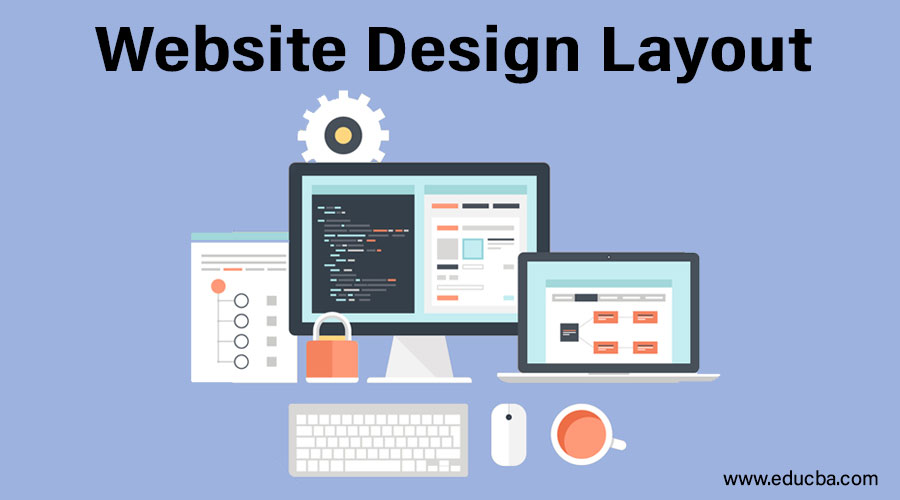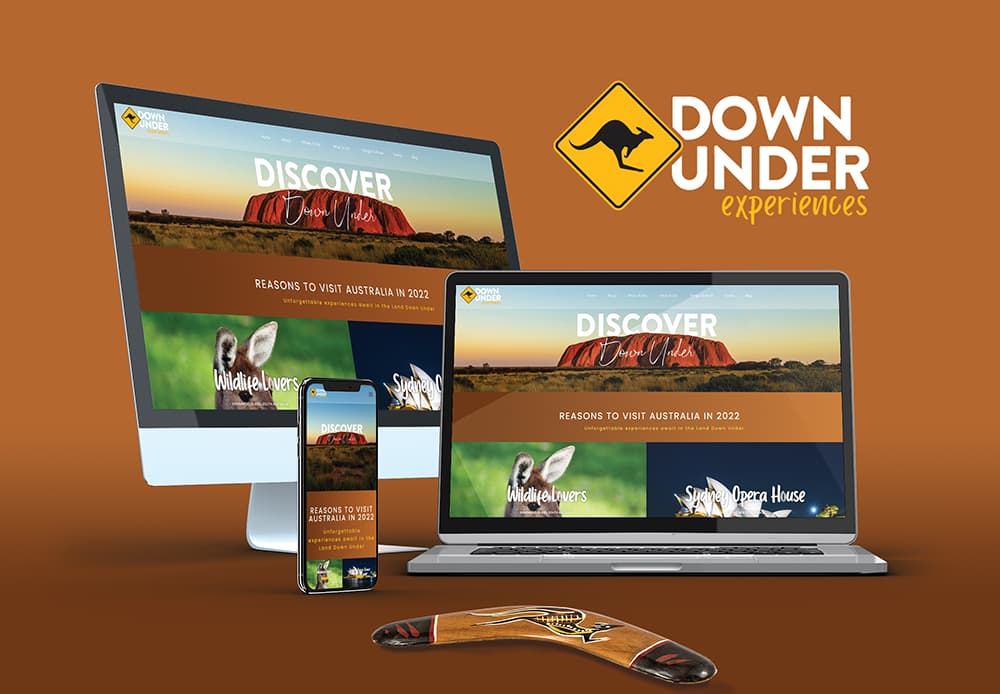Modern Web Site Style That Captures Focus and Transforms
In a significantly digital landscape, modern internet site style has actually emerged as a critical factor in recording individual interest and driving conversions. By strategically using aesthetic pecking order, responsive formats, and involving interactive elements, designers can create experiences that not just attract site visitors however additionally facilitate purposeful communications. Furthermore, reliable call-to-action methods play an essential duty in guiding users towards desired results. As we explore these important parts, it becomes clear that recognizing their interplay can significantly affect a website's performance and individual satisfaction. What are the vital elements that absolutely make a distinction?
Significance of Visual Pecking Order
Visual pecking order is a vital aspect in website style, as it guides customers' attention and improves their general experience. By tactically organizing material, designers can route users to one of the most important details initially, consequently boosting involvement and boosting usability. Effective visual hierarchy utilizes various methods, consisting of dimension, shade, spacing, and comparison. Larger components naturally draw the eye, while contrasting colors can emphasize crucial messages, making them stand apart amongst more restrained components.
Incorporating a sensible flow in web content plan is important; as an example, putting one of the most vital info on top of a page promotes prompt recognition. In addition, constant usage of typography, such as varying font sizes and designs, assists develop a clear content framework. This organization not only aids in navigation but likewise constructs trust, as individuals really feel much more comfy when they can conveniently locate what they are trying to find.
Ultimately, a well-executed visual pecking order not just improves aesthetic charm however additionally considerably impacts user behavior. By focusing on crucial aspects and making sure a smooth experience, developers can effectively convert site visitors right into consumers, reinforcing the relevance of this fundamental layout concept in modern site advancement.
Responsive Style for All Tools
Producing a seamless experience throughout different gadgets is necessary in today's digital landscape, where customers accessibility internet sites from smart devices, tablet computers, and desktops alike. Responsive layout is a crucial approach that makes sure internet sites adjust fluidly to different screen resolutions, orientations, and dimensions. By utilizing flexible grids, photos, and CSS media inquiries, developers can create designs that maintain aesthetic integrity and performance, despite the gadget being used.
The relevance of responsive layout prolongs beyond looks; it directly influences individual engagement and conversion prices. A site that works well on all gadgets encourages longer check outs and minimizes bounce rates, as individuals are most likely to interact with content that is simple to navigate. Search engines, especially Google, prioritize mobile-friendly sites in their positions, making receptive design a vital element of search engine optimization (SEARCH ENGINE OPTIMIZATION)
Including responsive design not just enhances individual experience yet also simplifies the advancement procedure. By developing a solitary website that works throughout tools, businesses can save time and sources compared to establishing different mobile and desktop computer variations. Eventually, receptive layout is a basic strategy for modern-day site style, making certain accessibility and fulfillment for all individuals, no matter their device.
Involving Interactive Components
While a responsive style prepares for a functional web site, including interesting interactive components is important for catching user attention and fostering deeper connections. Website Design. Interactive components, such as animations, tests, and clickable infographics, develop a much more vibrant user experience, encouraging visitors to invest more time on the site
Integrating interactive functions can additionally assist individuals with complicated info, making it simpler to absorb web content. For instance, interactive sliders can show product variations, while embedded video clips can offer presentations or testimonies that resonate more than static photos or text. Moreover, gamification methods, like incentives for involving or completing jobs with content, can boost user inspiration and retention.
Effective use of interactive aspects not just improves the user experience however can likewise lead to greater conversion prices. It is vital to stabilize interactivity with efficiency; excessively complicated features may impede site speed, negatively influencing user satisfaction.
Streamlined Navigating Practices
Efficient navigation is a keystone of any kind of effective internet site, as it directly influences Learn More user experience and content ease of access. Structured navigating techniques ensure that users can easily find info, improving their interaction with the site. A well-structured navigation menu must be straightforward and intuitive, usually featuring a limited variety of main classifications to prevent overwhelming site visitors.
To achieve streamlined navigating, developers must prioritize an ordered structure that rationally organizes content. Implementing breadcrumb trails can provide customers with context regarding their current place within the site, allowing for seamless backtracking. In addition, utilizing drop-down menus can effectively preserve area while still offering access to subcategories.
Responsive layout is vital, as navigation ought to be practical across all gadgets (Website Design). Mobile users, specifically, advantage from touch-friendly food selections and collapsible areas that keep usability without jeopardizing aesthetics

Efficient Call-to-Action Methods
A well-crafted call-to-action (CTA) is important for directing customers toward desired outcomes on an internet site, as it motivates them to engage with web content or make an acquisition. To optimize their efficiency, CTAs ought to be clear, compelling, and purposefully put throughout the site.
First, make use of action-oriented language that interacts urgency or value, such as "Start," "Join Currently," or "Claim Your Price cut." This language not just inspires customers but additionally sets clear assumptions regarding the following steps.
2nd, think about style aspects; CTAs should stand out visually via contrasting shades, sufficient whitespace, and prominent positioning. A switch that is easy to see and click rises the chance of user interaction.
In addition, customizing CTAs based upon try these out user behavior or demographics can dramatically enhance interaction. Customized messages resonate much more with individuals, driving greater conversion rates.

Conclusion
To conclude, modern internet site design highlights the assimilation of visual pecking order, responsive formats, involving interactive elements, streamlined navigating, and effective call-to-action approaches. These components collectively improve customer experience, guaranteeing that site visitors continue to be involved and encouraged to discover content better. By prioritizing these style principles, organizations can substantially enhance user retention and conversion rates, eventually causing better success in the electronic landscape. The continual development of web style emphasizes its critical function in effective on the internet communication and advertising.
In a significantly electronic landscape, contemporary site layout has arised as discover this info here a crucial variable in catching individual interest and driving conversions.Visual pecking order is an important aspect in website layout, as it guides users' focus and improves their overall experience.The importance of responsive layout expands past aesthetic appeals; it straight affects customer involvement and conversion rates.Incorporating receptive layout not just improves user experience yet likewise improves the development procedure. Eventually, receptive style is a fundamental approach for modern-day web site design, making certain availability and fulfillment for all individuals, no matter of their gadget.